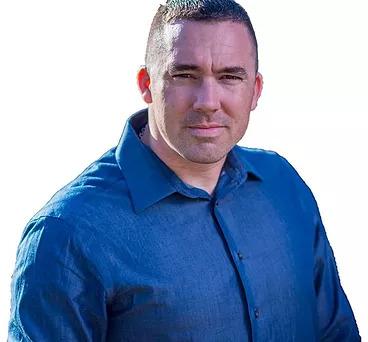NEW YORK—They’re not as commonplace as they used to be, but bow ties are making a comeback. One man isn’t satisfied with the boring classics, and he’s pushing the boundaries of fashion and style.
Gregory Bruce isn’t your typical fashion designer. The 72-year-old moved to New York after his wife died in a tragic accident after 47 years of marriage. The highly respected advertising copywriter and producer ended up in an unlikely place.






